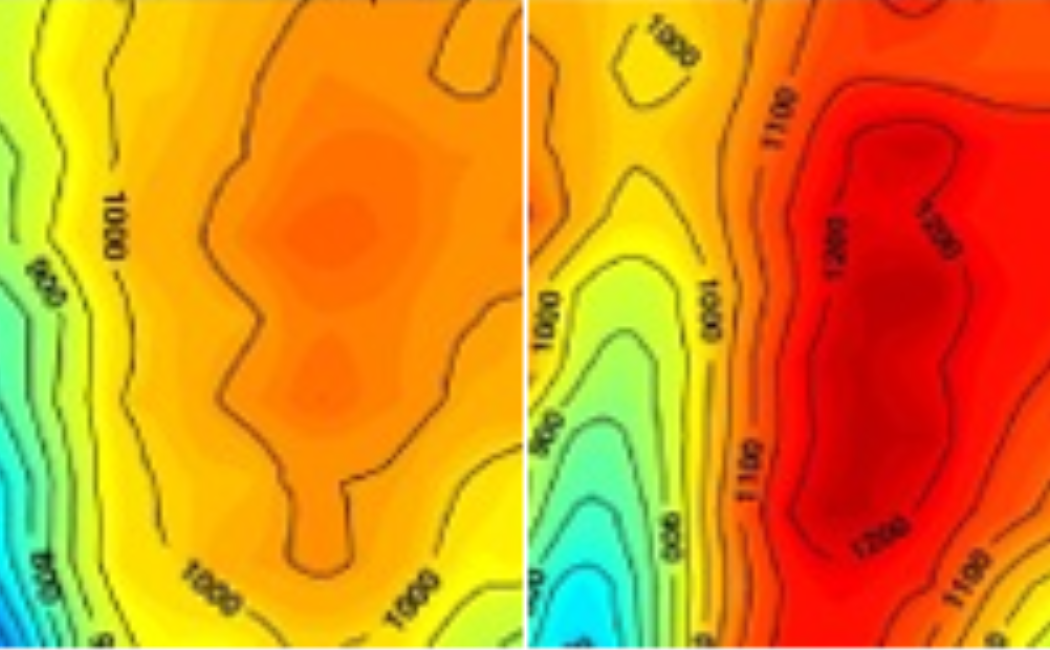



This project designs cost-effective fuel blends that exhibit equal or better combustion performance compared to petroleum-derived fuels. Promising "low carbon intensity" fuels are chosen based on the literature, such that they cover a wide range of expected reactivity. Knowing that structure determines reactivity, compounds of different classes are chosen: alcohols, furans, terpenoids, and levulinate esters. These compounds are studied in fundamental combustion experiments to characterize emissions, ignition characteristics, and flame speeds. The results of our fundamental studies provide combustion property targets for designing tailor-made alternative fuel technologies. Fuel blend surrogates will be developed based on the combustion properties of the target fuel blend, and the reactivity of these surrogates are evaluated. Detailed combustion kinetics models at low and high temperatures are developed based on the identified intermediate species and validated against experimental data. The temperature dependent kinetic rate constants of each elementary step are estimated or computed from theory. Furthermore, the rates of some oxidation reactions, particularly those with OH and HO2 radicals will be measured experimentally using the low and high pressure shock tube/laser diagnostic facilities available at CCRC, KAUST. The developed mechanism are appended to that of the petroleum fuel surrogates (gasoline or naphtha surrogates) for modeling under various conditions of temperature and pressure.
Our fuel design methodology aims to relate the structure of a fuel or fuel blends with their function, and therefore we utilize the following techniques:
Combustion Kinetic Metrics – octane, cetane, H/C ratio, etc.
Physical Property Metrics – density, distillation curve, viscosity, etc.
Experimental combustion kinetics – shock tubes, flames, flow reactors, etc.
Kinetic Modeling – detailed and reduced mechanisms, quantum chemistry
Engine experiments – SI, CI, and LTC engine concepts
Engine simulations – CFD simulations coupling physics and chemistry
Theme Leader: Sarathy
Farooq
Dooley